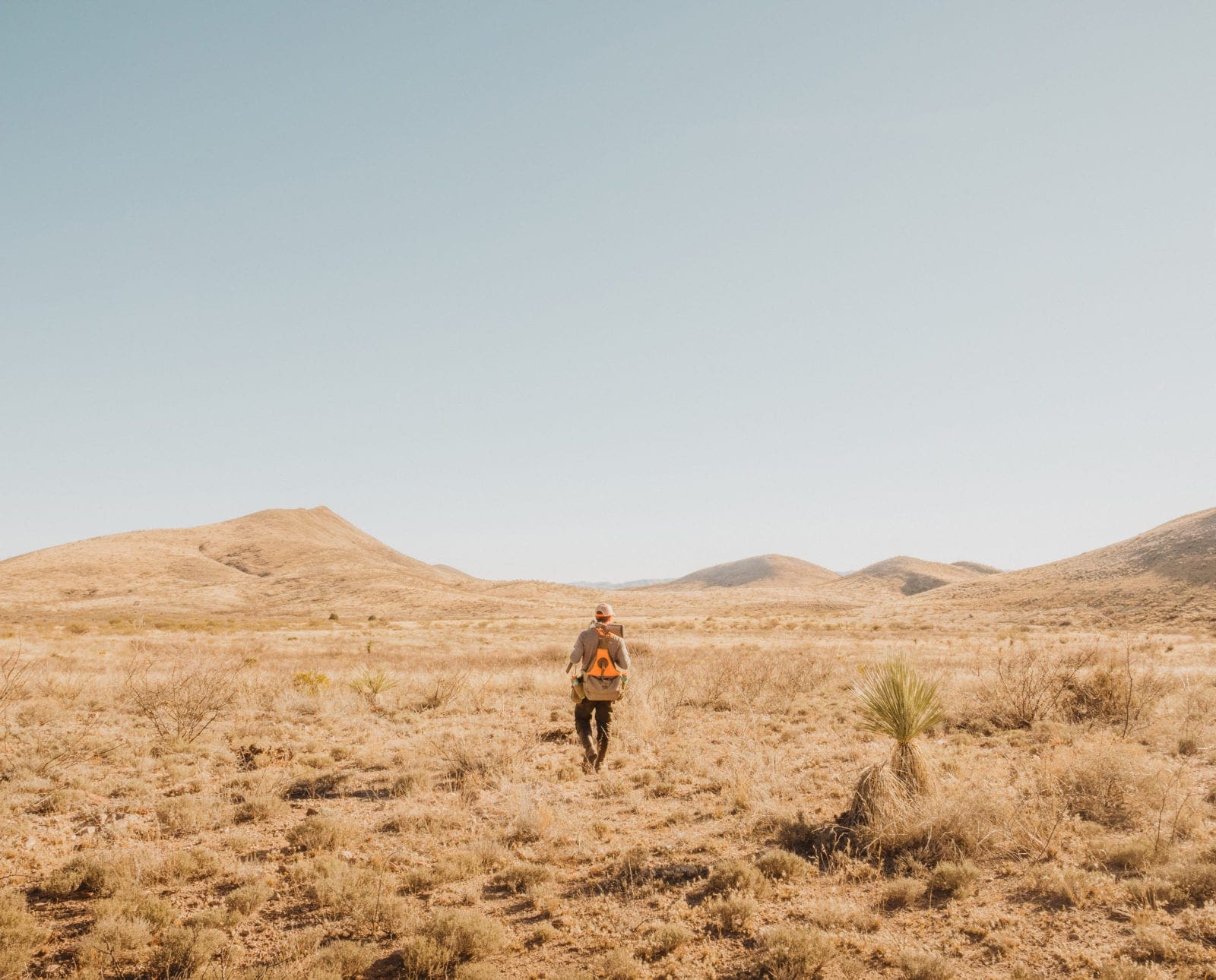Home » Conservation » Landmark Legislation of the 116th Congress and Upland Birds
Landmark Legislation of the 116th Congress and Upland Birds

Project Upland is an editorial initiative to capture the cultures…
Congressional leaders passed plenty of high-end conservation bills from 2019-20, but also let two key bills die
In the two years of the 116th Congress, legislators passed a series of important bills that garnered respect among conservationists and outdoor enthusiasts alike.
There was also some legislation that died, setting up the 117th Congress to revisit or snuff out these bills in the early months of Joe Biden’s presidential term.
The John D. Dingell Jr. Conservation, Management, and Recreation Act
STATUS: SIGNED INTO LAW
- Introduced: Jan. 8, 2019 (S. 47)
- Final passage: Feb. 26, 2019
- Signed into law: March 12, 2019
The John D. Dingell, Jr., Conservation, Management, and Recreation Act was the first of two major conservation bills aimed at bolstering the Land and Water Conservation Fund. The bill permanently reauthorized the LWCF after the fund expired in September 2018.
The Great American Outdoors Act
STATUS: SIGNED INTO LAW
- Introduced: March 28, 2019 (H.R. 1957)
- Amended to include LWCF funding: June 17, 2020
- Final passage: July 22, 2020
- Signed into law: Aug. 4, 2020
The Great American Outdoors Act (GAOA) was the second part to the Dingell Act and fully funded the LWCF in perpetuity. This allots $900 million annually to the fund recreation and public access projects. Since its inception, the LWCF has funded at least one project in every single American county.
The GAOA also provided $9.5 billion over five years to begin addressing the maintenance backlog on National Forests, National Wildlife Refuges, Bureau of Land Management lands, and Bureau of Indian Education schools. Many federal public land structures, roads, and paths have fallen into severe disrepair, and this money will directly benefit that. The total ticket for these federal infrastructure projects, however, is $20 billion.
America’s Conservation Enhancement Act
STATUS: SIGNED INTO LAW
- Introduced: Dec. 12, 2019
- Final passage: Oct. 1, 2020
- Signed into law: Oct. 30, 2020
The ACE Act, while not specially directed at upland game birds, did quite a bit for the nation’s wildlife. Of most interest to bird hunters—waterfowlers, specifically—was the provision to reauthorize the North American Wetlands Conservation Act (NAWCA).
Established in 1989 to provide federal funding to the North American Waterfowl Management Plan, NAWCA, according to the U.S. Fish and Wildlife Service, has funded over 3,000 projects totaling $1.83 billion in grant monies over the last 20 years alone. The USFWS further noted that more than 6,350 partners have contributed another $3.75 billion in matching funds to enhance 30 million acres of habitat. The reauthorization of NAWCA will provide $60 million through 2025.
Recovering America’s Wildlife Act
STATUS: DEAD
- Introduced: July 12, 2019 (H.R.3742)
One of the most important pieces of legislation aimed at supporting dwindling wildlife populations in the U.S., Recovering American’s Wildlife Act (RAWA), unfortunately died in the 116th Congress.
Though dead, it will likely make a comeback in the 117th Congress, according to Congressional Sportsmen’s Foundation Federal Relations Manager Taylor Schmitz. Schmitz noted that, with such a divided Congress, the bill RAWA was tied to—a heavily Democrat-influenced infrastructure bill, the Moving Forward Act—was the reason it died. He believes that it won’t be tied to another bill like the Moving Forward Act, and, thus, will not face a five-year timeline as it did when tacked onto the larger legislation.
The Modernizing Access to Our Public Land Act
STATUS: DEAD
- Introduced: March 10, 2020 (S.3427)
The Modernizing Access to Our Public Land Act (MAPLand) would have provided support to update modern mapping systems by digitizing legal easements to show right-of-ways to public lands that cross private land, road closures, vehicle restrictions, non-hunting boundaries or areas with specific rules, and waterway closures and/or restrictions.
It is expected this legislation will see a resurgence in the 117th Congress as it has major bipartisan support.
Project Upland is an editorial initiative to capture the cultures and traditions of upland bird hunting. We seek to inspire a future generation of upland bird hunters to understand the essence of hunting traditions and the critical cause for conservation.



